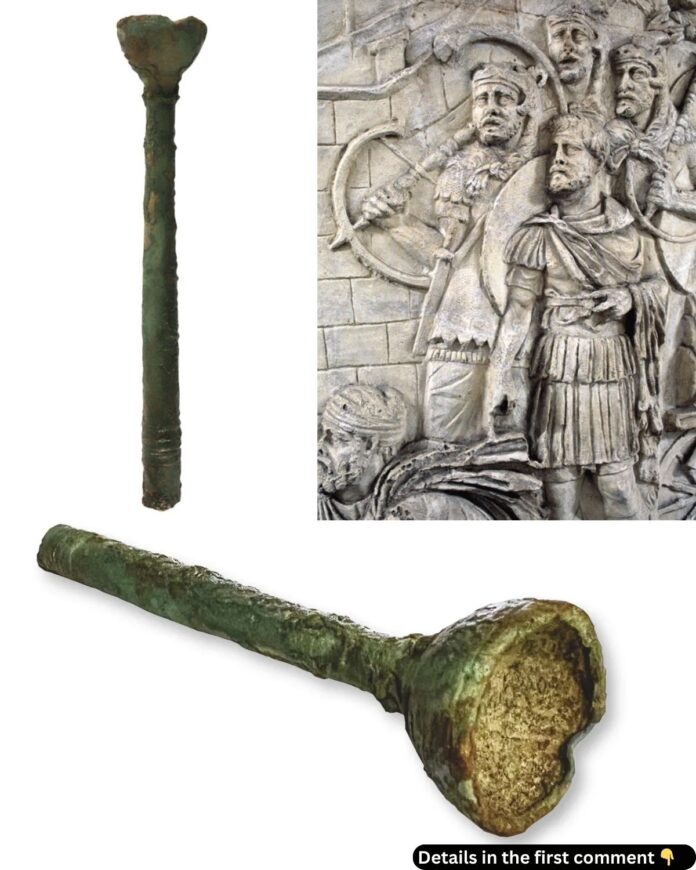The ancient world continues to surprise us with its ingenuity, artistry, and stories of daily life, many of which remain hidden beneath layers of history. Vindolanda, a Roman fort located just south of Hadrian’s Wall in northern England, is one such treasure trove. Among its latest discoveries is an exceptionally rare artifact—a copper-alloy mouthpiece from a Roman cornu, a curved horn used for military and ceremonial purposes. Unearthed during excavations beneath the remains of an officer’s club, this find offers fascinating insights into the sounds, culture, and military organization of ancient Rome.
Vindolanda: A Gateway to Roman Life
Vindolanda has long been a hub for archaeological discoveries, thanks to its unique waterlogged soil that preserves fragile organic materials. Dating back to the Roman occupation of Britain, the fort played a critical role in the defense of Hadrian’s Wall. Over decades of excavation, the site has yielded thousands of artifacts, including wooden writing tablets detailing everyday life, leather shoes, a wooden toilet seat, and even the only surviving Roman boxing gloves. These discoveries make Vindolanda one of the most important archaeological sites for understanding Roman military and civilian life.
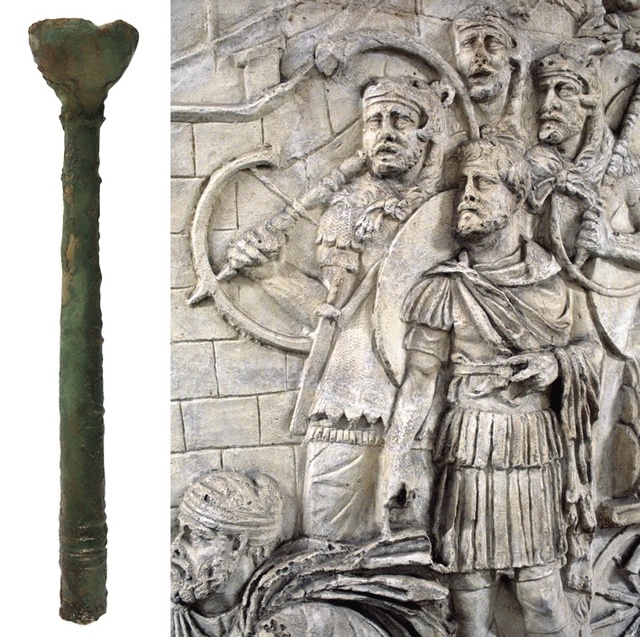
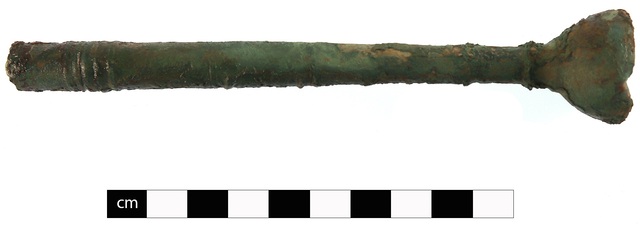
The cornu mouthpiece stands out even among this wealth of finds. Dating to the Hadrianic period (120-128 A.D.), it was discovered in the remains of a Roman schola—an officer’s mess where military leaders dined and socialized. This discovery not only sheds light on the functionality of Roman instruments but also provides a glimpse into the soundscape of the Roman army.
The Roman Cornu: Instrument of War and Ceremony
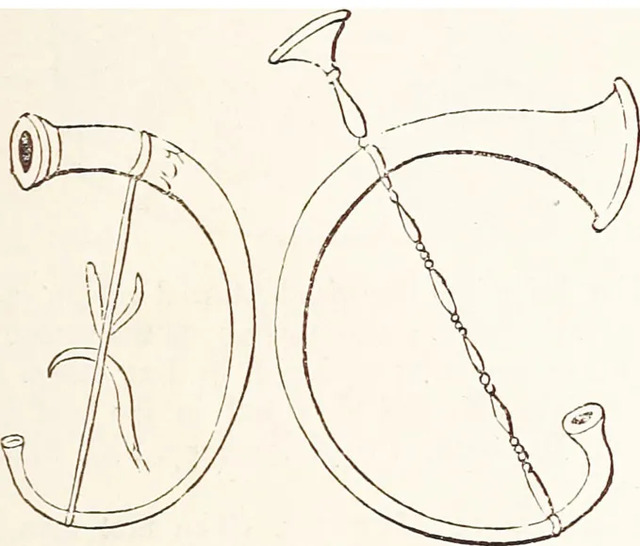
The cornu, Latin for “horn,” was a G-shaped brass instrument approximately three meters long. It had no holes or valves, relying solely on air control to produce its distinctive sound. Supported by a wooden pole for easier handling, the cornu was primarily a military tool. Played by soldiers known as cornicenes, it conveyed critical orders on the battlefield, guiding troop movements and signaling maneuvers. Beyond the battlefield, the instrument also held ceremonial importance, used during parades and public events.
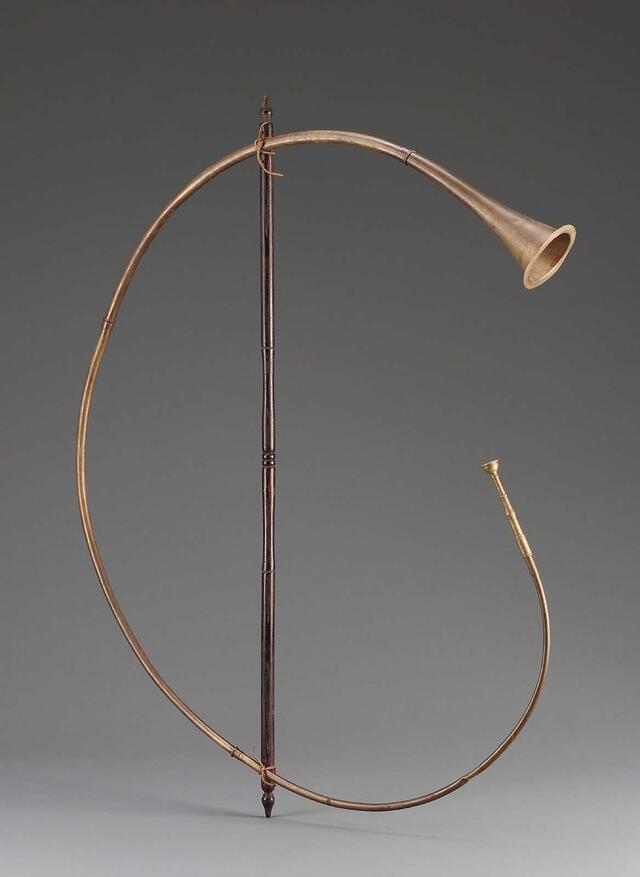
The design of the cornu was not originally Roman but was adopted from the Etruscans, showcasing Rome’s tendency to incorporate and adapt innovations from neighboring cultures. Depictions of the cornu can be found on Trajan’s Column in Rome, where it is shown as an essential part of military life. While large examples of the instrument have been recovered from sites like Pompeii, the Vindolanda mouthpiece is a unique find, being the first such artifact discovered at the fort.
Video
Explore the fascinating history of the Cornu de Pompeii – watch the video to uncover the archaeological significance and intriguing details of this ancient artifact!
Unveiling the Mouthpiece at Vindolanda
The mouthpiece, crafted from copper alloy, is a testament to Roman craftsmanship. Found beneath the officer’s club alongside debris from a workshop, it likely belonged to an officer or musician stationed at the fort. Its preservation adds a new dimension to our understanding of Roman military life, illustrating not just how the army operated but also how it communicated.
Barbara Birley, Curator of the Vindolanda Trust, emphasized the artifact’s significance: “We know that instruments like the cornu existed in the ancient world, but when you find part of a musical instrument, it helps us build a better picture of not just what the army looked like but also how they sounded.” The discovery has sparked excitement among historians and archaeologists alike, as it opens new avenues for research into Roman military acoustics.
From Discovery to Exhibition
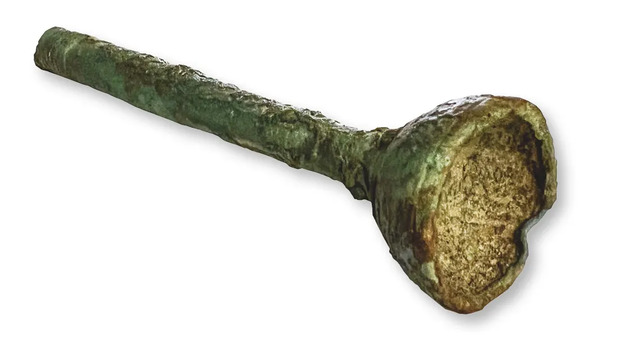
The cornu mouthpiece has undergone careful conservation to ensure its preservation. To celebrate the find, Vindolanda organized a live demonstration using a replica cornu modeled after those recovered from Pompeii. Performed by musician Letty Scott, the event allowed visitors to experience the resonant sound that would have echoed through Roman battlefields and fortresses centuries ago.
This rare artifact will soon take its place in the Vindolanda Museum, where it will join a collection of other remarkable finds from the site. The exhibit aims to educate visitors about the role of music in the Roman army and the craftsmanship behind their instruments.
The Soundscape of Roman Life
Music played an essential role in Roman society, transcending its practical military applications. Instruments like the cornu were used not only for battlefield communication but also for public ceremonies, religious rituals, and entertainment. The ability to produce loud, clear notes made the cornu ideal for signaling over large distances, a necessity in both military and civic contexts.
The Vindolanda discovery underscores the dual purpose of Roman instruments as tools of practicality and symbols of cultural identity. By connecting us to the sounds of the past, the mouthpiece serves as a reminder of the sophistication and complexity of Roman civilization.
Vindolanda’s Legacy in Archaeology
Vindolanda continues to captivate historians and the public with its rich archaeological record. Each discovery adds a new layer to our understanding of Roman Britain, from the personal letters of soldiers to the technological advancements of the time. The cornu mouthpiece highlights the importance of sound in Roman military strategy and enriches the narrative of life at Vindolanda.
The site remains an active excavation zone, with archaeologists and volunteers working tirelessly to uncover its secrets. Vindolanda’s unique environment, combined with its wealth of artifacts, makes it an unparalleled resource for studying Roman history. It is a vivid reminder of how archaeology bridges the gap between the ancient and modern worlds.
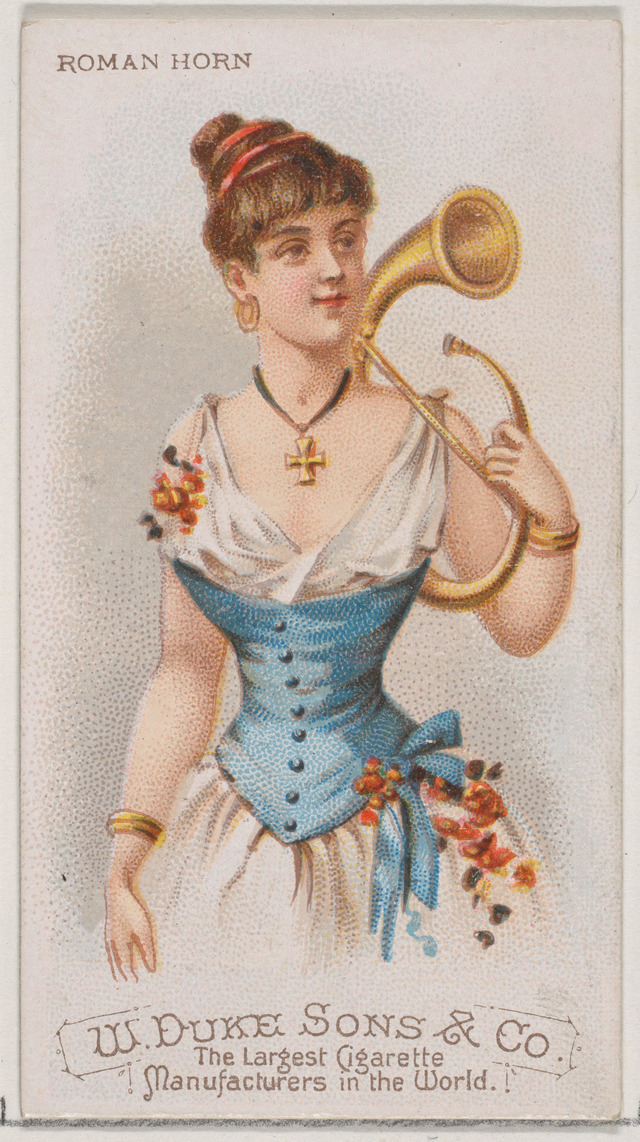
Conclusion
The discovery of the Roman cornu mouthpiece at Vindolanda is more than an isolated find—it is a window into the soundscape and culture of an ancient empire. This small yet significant artifact reveals the ingenuity of Roman military communication and the role of music in shaping their society. As it joins the many treasures on display at the Vindolanda Museum, the mouthpiece invites us to imagine the echoes of Roman horns reverberating through history, reminding us of the enduring legacy of this remarkable civilization.
